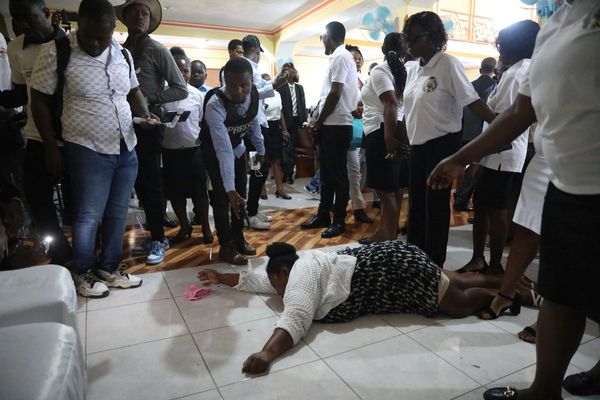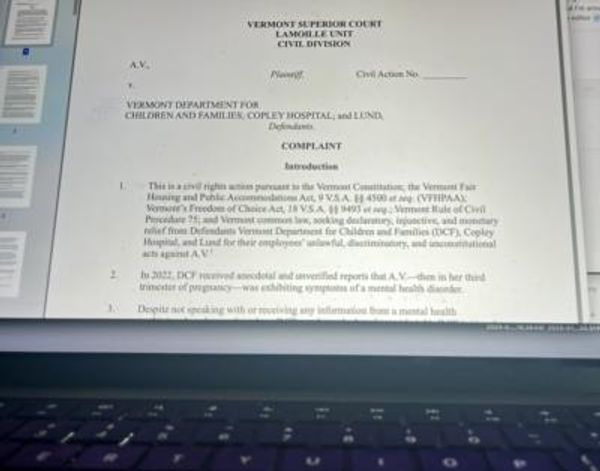
The drone attacks targeting Moscow early on Tuesday, which have been blamed on Kyiv, were by far the largest wave launched against Russia since the start of its war against Ukraine. What’s going on?
What do we know about the attack?
According to Russian authorities and media, eight drones were involved in the attack, with five shot down or otherwise disabled with jamming technology. Russian media close to the security services said the number was many times higher, with more than 30 drones participating in the attack. The three drones that did strike all hit locations in south-west Moscow: a residential building, a high-rise apartment block, and another high-rise building. None of the impacts caused significant damage or casualties.
What drones were involved?
There has been speculation that at least one of the drones involved was a UJ-22 produced by the Ukrainian Ukrjet company, which Russia claims has been involved in at least one previous attack. Some other experts disagree, suggesting it is another model of drone, citing differences in appearance.
What is clear is that the drone that was spotted was probably designed to have a relatively long range, although it is not clear if its origin was within Russia or from Ukraine itself.
Able to take off and land on a 100-metre airstrip, the UJ-22 has a claimed range of 800km and is able to fly for six hours with a payload of about 20kg, typically grenades and mines – including six RPG-7VM grenades, or four 82mm mortar mines.
How dangerous are these drones?
Images of damage seem consistent with a payload that is considerably smaller than the Iranian-built Shahed kamikaze drones Russia has deployed against Ukraine, suggesting that Ukraine is either not yet capable of deploying more destructive drones or has chosen not to.
Are Ukrainian drone attacks becoming more ambitious?
There have been some Ukrainian drone strikes since the beginning of this year both on Russian territory and Russian-controlled territory in Ukraine. Most drone attacks of this kind have focused on areas relatively close to the border or Russian infrastructure and logistics in occupied areas, including oil refineries which have witnessed a spate of recent attacks.
However, there has been an apparent pattern of recent efforts by Kyiv to hit targets deep inside Russia with drones.
In February 2023 a UJ-22 crashed in Russia 100km from Moscow after managing to travel about 460km into Russian territory without being destroyed by Russia’s air defences. In May, the Kremlin was hit by a pair of drone strikes that again caused only superficial damage.
Is it certain Ukraine was behind the attacks?
A few weeks after the Kremlin strikes, the New York Times reported that the conclusion of US intelligence agencies was the strikes originated with the Ukrainian intelligence services, though they were less certain about proof that orders for those strikes had originated from the top of the Ukrainian government. That in turn was reported to be fuelling disquiet among some officials in Joe Biden’s administration that the war risked escalating beyond Ukraine’s borders.
If it is Ukraine, why is it doing this now?
While some drone attacks fit the category of so-called shaping operations ahead of a Ukrainian counteroffensive – not least the targeting of infrastructure and logistics – these attacks appear aimed more at delivering a psychological impact. For many – not least among the wealthier Russian elites in cities such as Moscow and St Petersburg – the war has been somewhat remote from people’s experiences with the bulk of recruiting and mobilisation from outlying regions.
The attacks seem designed to bring the war home to Russia’s capital, underlying both the fact that Ukraine is capable of skirting Russian air defences repeatedly and that it has the capacity to strike deep inside Russia.
President Vladimir Putin called it a “terrorist” act by Kyiv.







